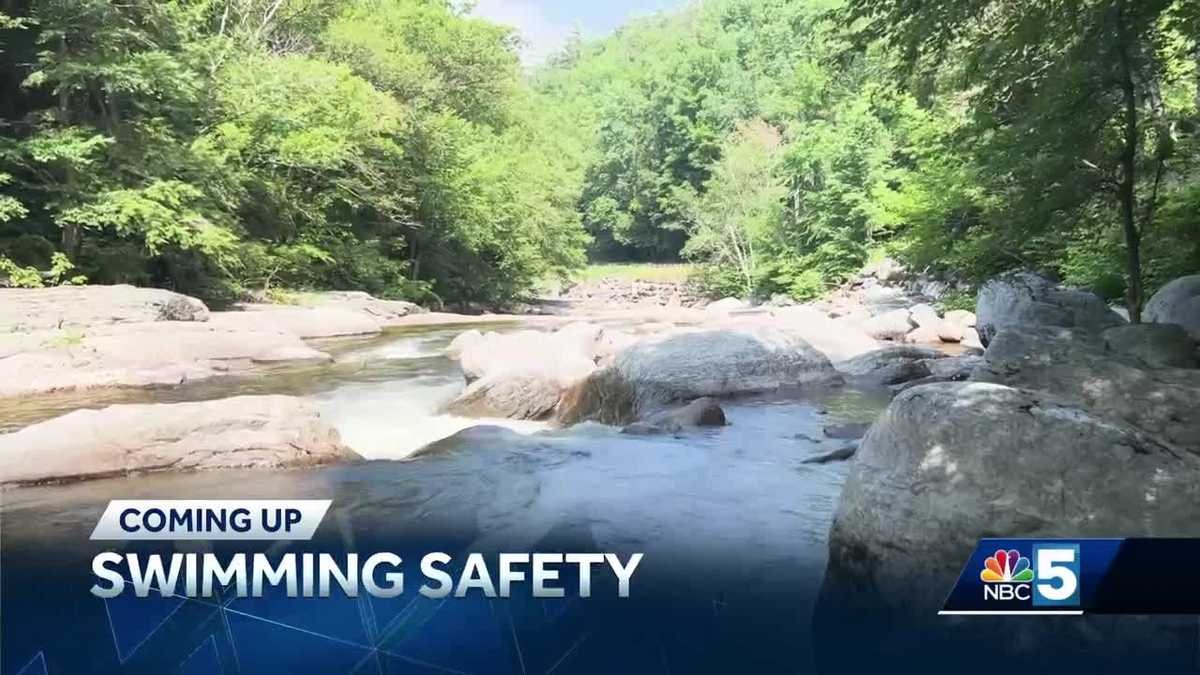Swimming safety tips to prevent drowning
Following the drowning of Burlington teen Elijak Menjwak over the weekend, state officials are giving the public some general reminders about how to swim safely in natural waterways.Bristol Parks & Recreation Director Meredith McFarlind emphasized that testing water depth and being cautious around rocky or slippery areas are some of the best ways to stay safe in unfamiliar water. She also encouraged swimmers to take note of who is around them. In case of an emergency, bystanders could help save a life.“Just being aware of your surroundings is key. Like, are these rocks slippery? What’s the depth of the water? And also being aware of who else is around you. Because when something happens, if you can’t count on your friends, you hope you can count on some other folks around you swimming that they can help you out,” she said. Vermont’s health department emphasized that you have to know your own strengths and abilities while swimming, and said that water is a stronger force than many people may think.Because natural waterways can have hidden dangers like suction, the health department even recommends you toss a stick or branch in before jumping in yourself to see if it is swept away or sucked under the surface.For more information about water and swimming safety, visit the Vermont Department of Health or the Vermont Emergency Management websites.
Following the drowning of Burlington teen Elijak Menjwak over the weekend, state officials are giving the public some general reminders about how to swim safely in natural waterways.
Bristol Parks & Recreation Director Meredith McFarlind emphasized that testing water depth and being cautious around rocky or slippery areas are some of the best ways to stay safe in unfamiliar water. She also encouraged swimmers to take note of who is around them. In case of an emergency, bystanders could help save a life.
“Just being aware of your surroundings is key. Like, are these rocks slippery? What’s the depth of the water? And also being aware of who else is around you. Because when something happens, if you can’t count on your friends, you hope you can count on some other folks around you swimming that they can help you out,” she said.
Vermont’s health department emphasized that you have to know your own strengths and abilities while swimming, and said that water is a stronger force than many people may think.
Because natural waterways can have hidden dangers like suction, the health department even recommends you toss a stick or branch in before jumping in yourself to see if it is swept away or sucked under the surface.
For more information about water and swimming safety, visit the Vermont Department of Health or the Vermont Emergency Management websites.


